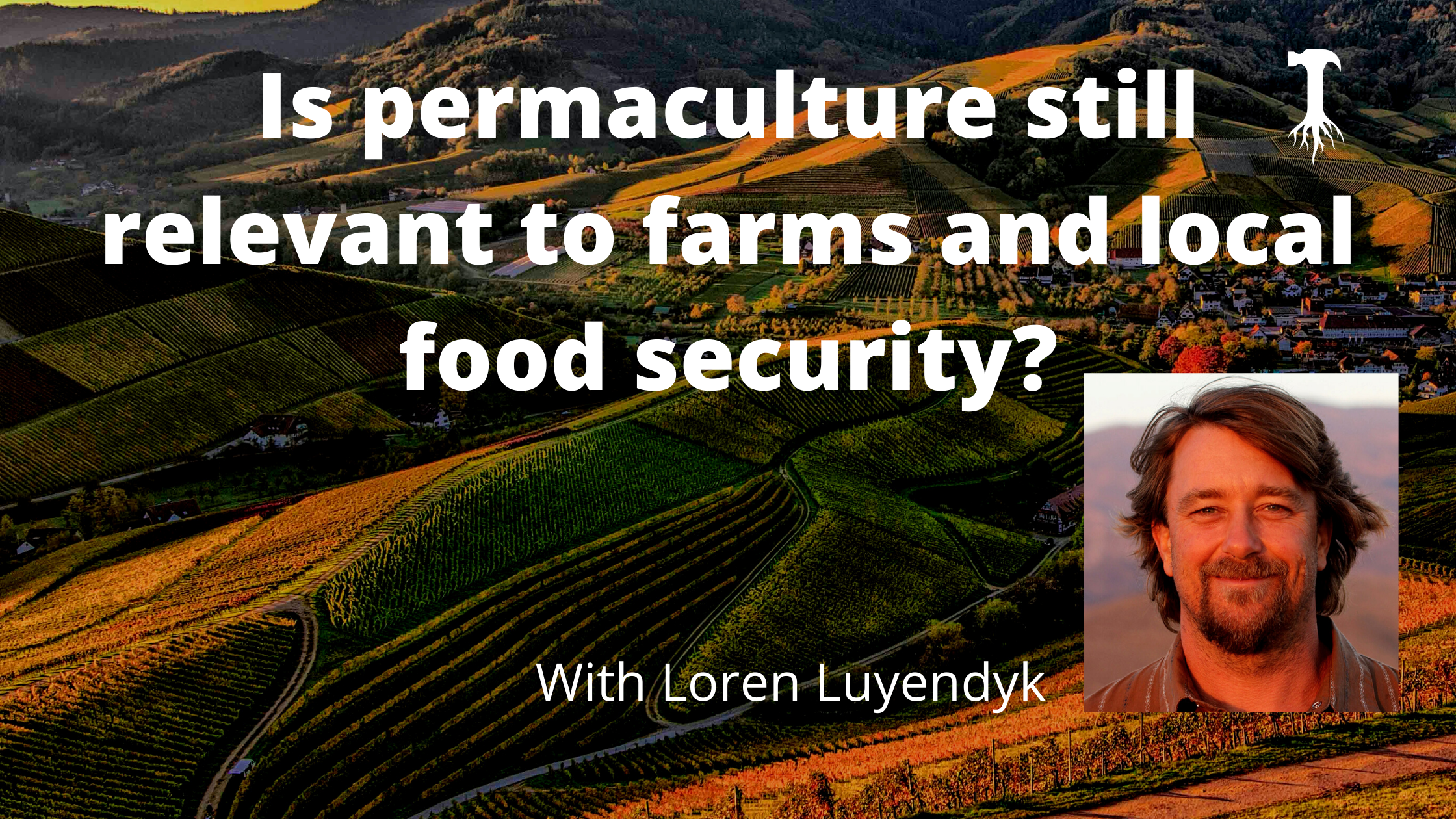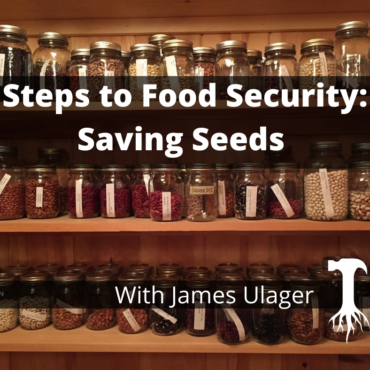
Creating the tools, resources, and community for a regenerative future in farming, with Ray Milidoni of Farming Secrets
Though regenerative agriculture has made huge leaps forward in the last decade, it still only accounts for a very small percentage of the farms around the world and even less […]








Post comments
This post currently has no comments.